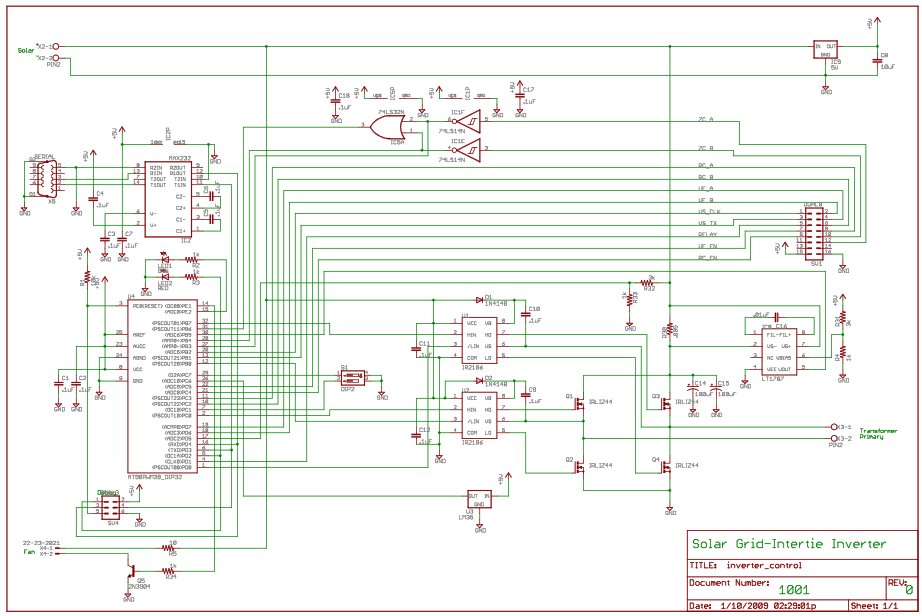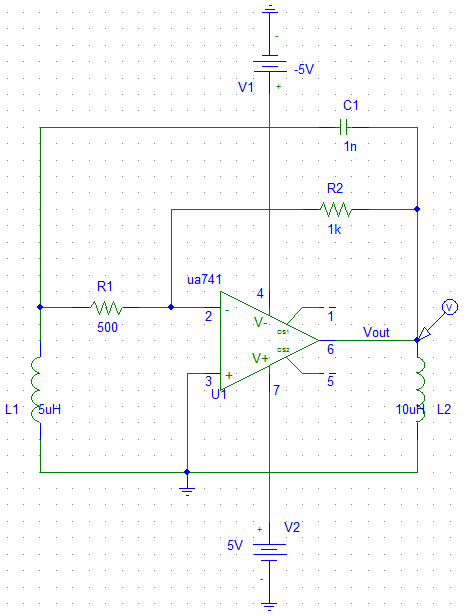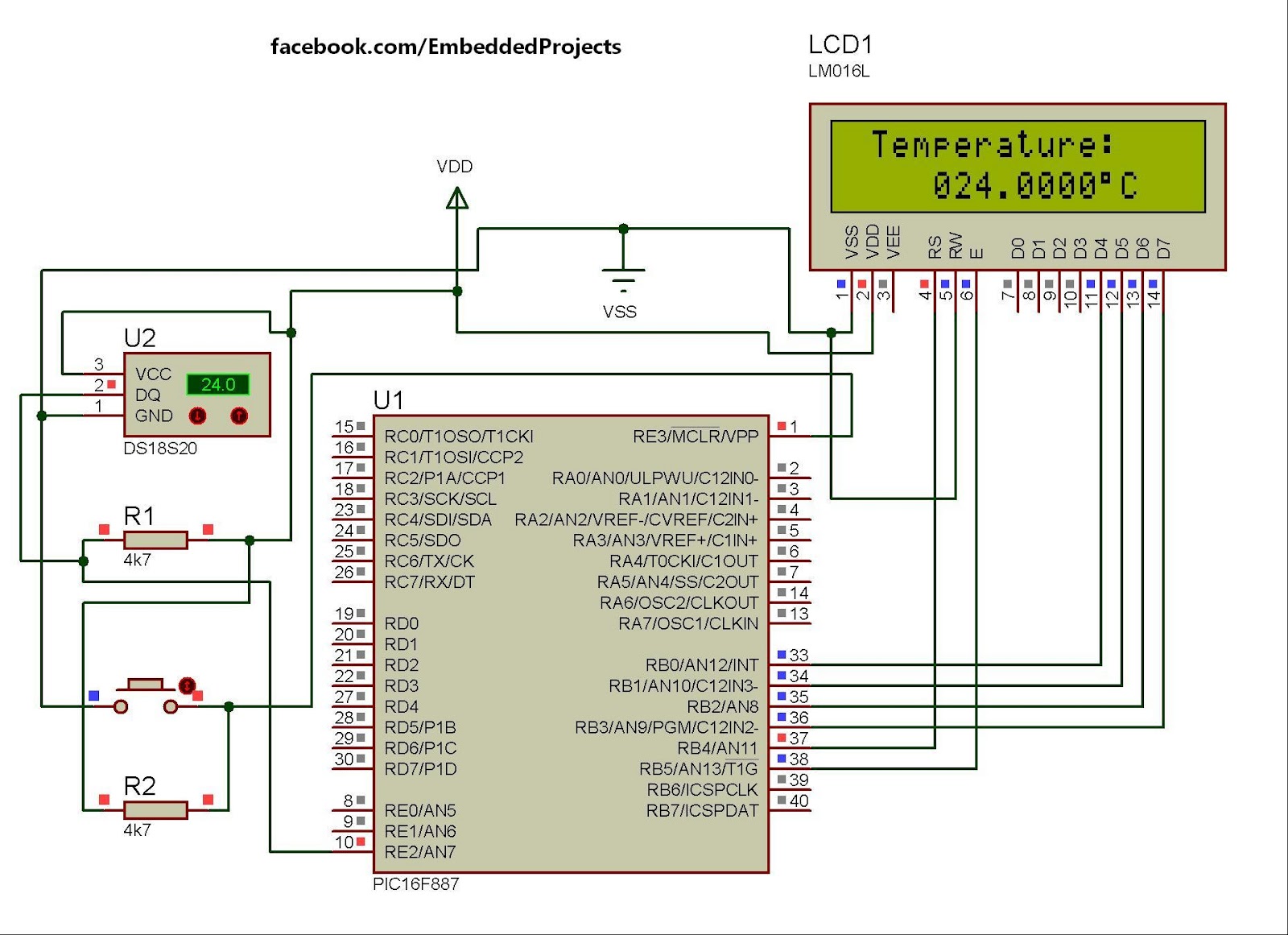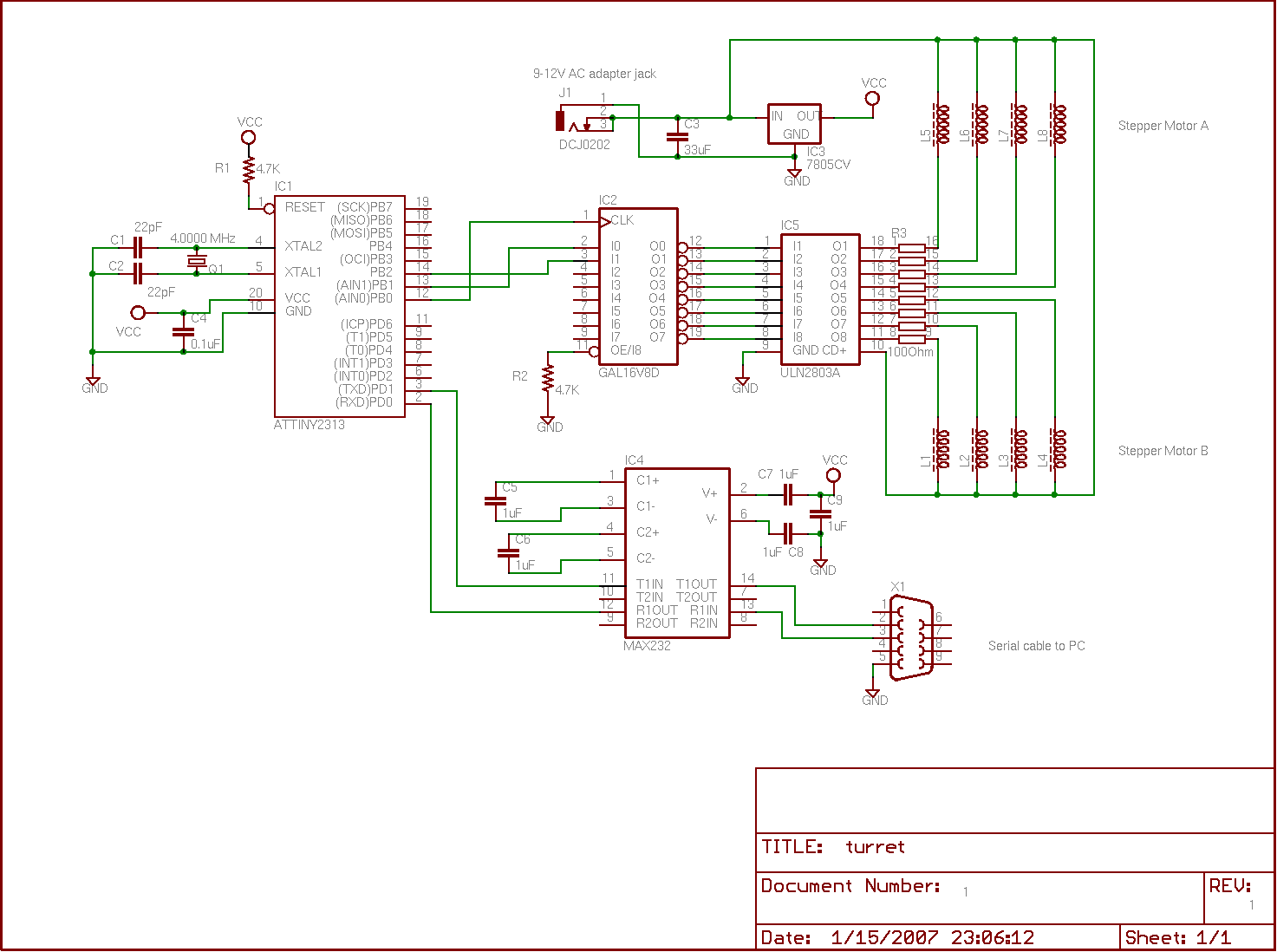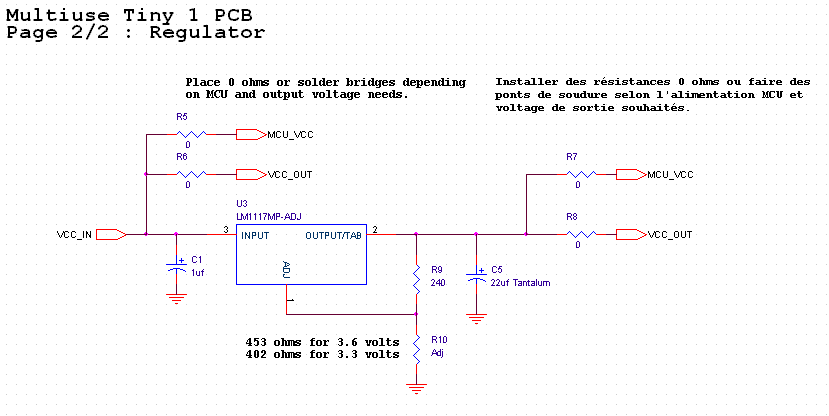
Fireflies based on tiny AVR
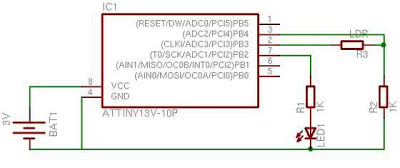
When first encountering this article, it is apparent that it presents an excellent project utilizing only a few components. Microcontroller projects based on LEDs are particularly appealing.
This project involves the design and implementation of a microcontroller-based LED circuit, which serves as an excellent introduction to basic electronics and programming. The core component is a microcontroller, such as an Arduino or a PIC, which acts as the brain of the circuit. The microcontroller is programmed to control the operation of the LEDs, allowing for various lighting effects and patterns.
The circuit typically includes a power supply, which provides the necessary voltage and current to the microcontroller and the LEDs. A resistor is often included in series with each LED to limit the current flowing through them, preventing damage due to excessive current. Additionally, a breadboard or PCB may be used for prototyping and assembly, ensuring that all components are securely connected.
Control of the LEDs can be achieved through digital output pins on the microcontroller. By manipulating these pins, the microcontroller can turn the LEDs on and off, as well as vary their brightness using pulse-width modulation (PWM). This allows for dynamic visual effects, such as fading, blinking, or creating patterns.
The simplicity of this project, combined with the versatility of microcontrollers, makes it an ideal choice for beginners looking to gain hands-on experience in electronics and programming. The project can be expanded further by integrating additional components, such as sensors or communication modules, to enhance functionality and create more complex behaviors.When firs time found this article, i think it`s a great project using only few component. I like microcontroller project based on LED. And as you know this.. 🔗 External reference
This project involves the design and implementation of a microcontroller-based LED circuit, which serves as an excellent introduction to basic electronics and programming. The core component is a microcontroller, such as an Arduino or a PIC, which acts as the brain of the circuit. The microcontroller is programmed to control the operation of the LEDs, allowing for various lighting effects and patterns.
The circuit typically includes a power supply, which provides the necessary voltage and current to the microcontroller and the LEDs. A resistor is often included in series with each LED to limit the current flowing through them, preventing damage due to excessive current. Additionally, a breadboard or PCB may be used for prototyping and assembly, ensuring that all components are securely connected.
Control of the LEDs can be achieved through digital output pins on the microcontroller. By manipulating these pins, the microcontroller can turn the LEDs on and off, as well as vary their brightness using pulse-width modulation (PWM). This allows for dynamic visual effects, such as fading, blinking, or creating patterns.
The simplicity of this project, combined with the versatility of microcontrollers, makes it an ideal choice for beginners looking to gain hands-on experience in electronics and programming. The project can be expanded further by integrating additional components, such as sensors or communication modules, to enhance functionality and create more complex behaviors.When firs time found this article, i think it`s a great project using only few component. I like microcontroller project based on LED. And as you know this.. 🔗 External reference
